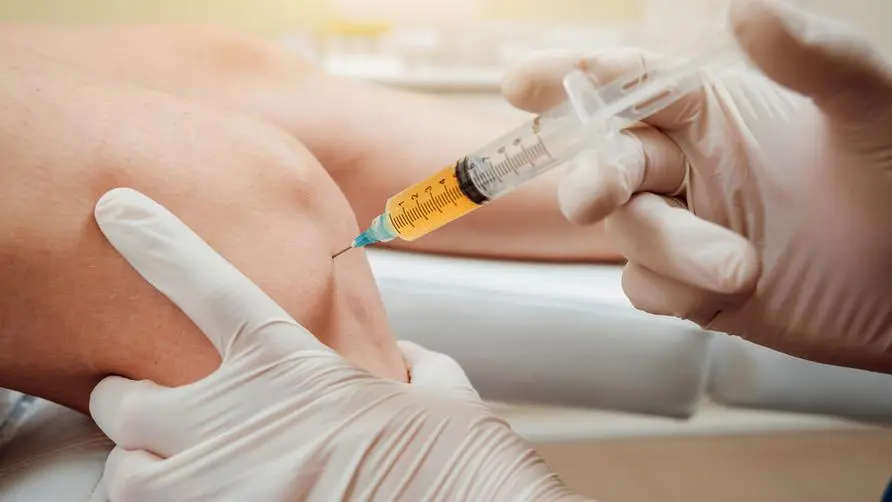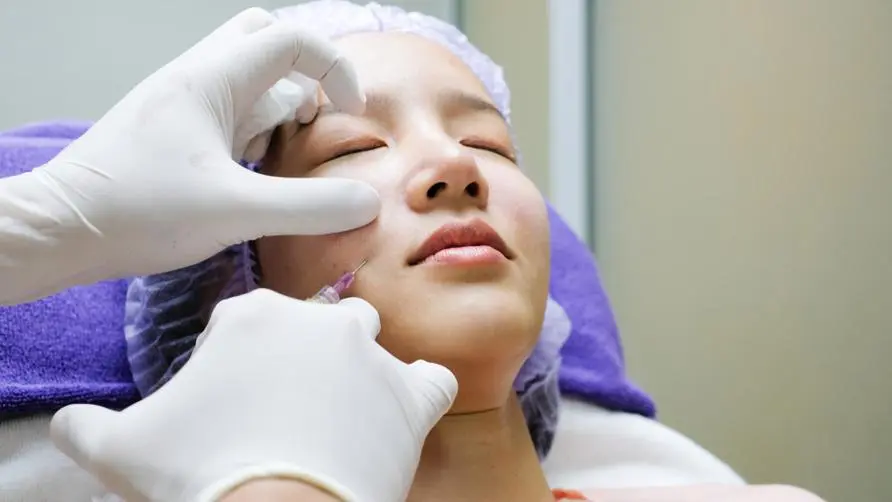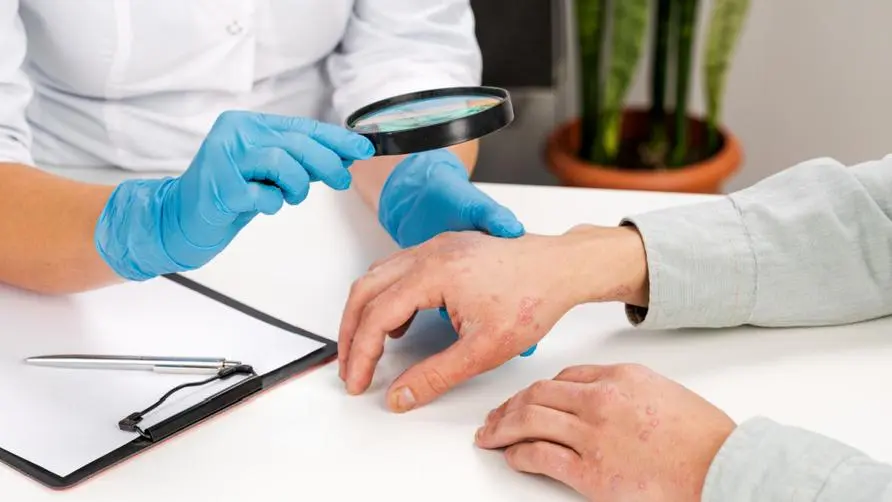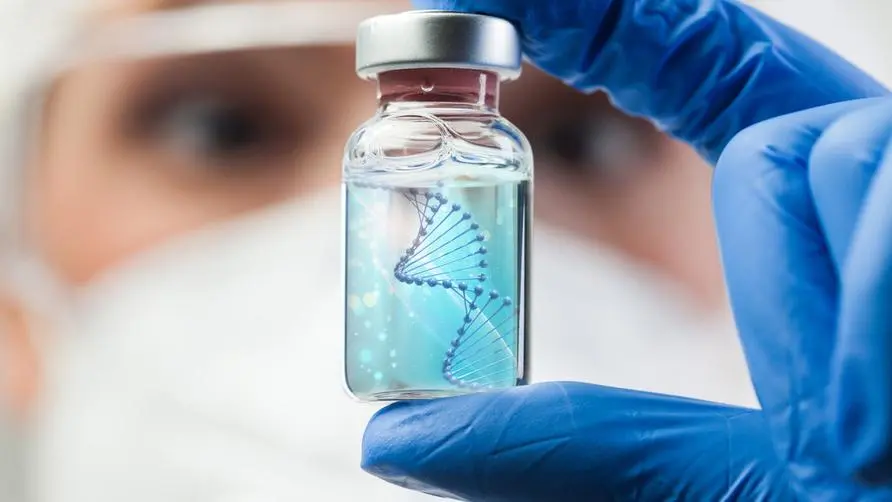Bone and joint pain savior, advanced non-incisional joint care options
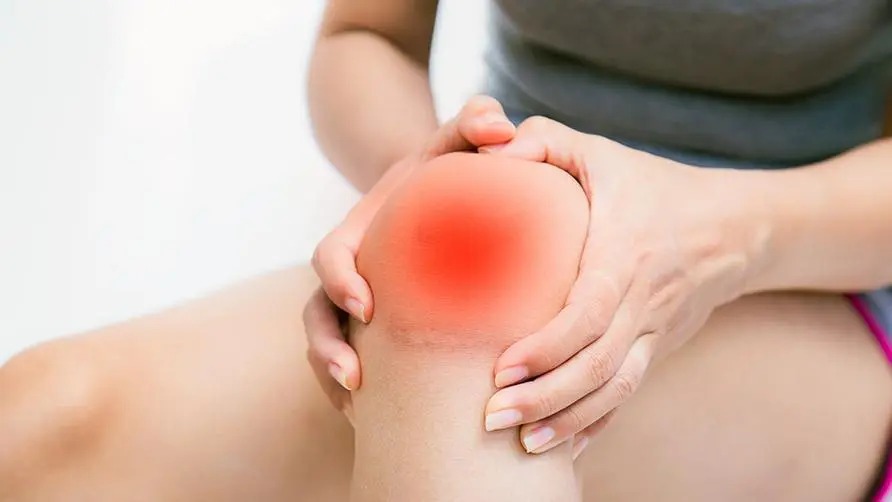
Modern people generally lack muscle mass, causing joint degeneration and making them look younger and younger! According to statistics from the Ministry of Health and Welfare, the prevalence of joint degeneration in Taiwanese people is about 15%. One in every five people over the age of 60 has degenerative arthritis.
Risk factors for osteoarthritis:
Age: The incidence of degenerative arthritis is 20-30% in the 50s, and is as high as 70% in the 70s and above. However, in recent years, the rise of multiple sports such as cycling, marathons, and weight training in the gym has led to the development of degenerative arthritis caused by incorrect postures. Patients with knee joint degeneration tend to become younger
Gender: Research statistics show that before the age of 50, the rate of men is higher than that of women, and after the age of 50, the rate of degenerative arthritis caused by menopause in women increases significantly.
Joint injury or previous surgery: Injury increases the risk of osteoarthritis, even injuries that occurred years ago and appear to have healed can increase the risk.
Overuse of joints: People who work with weights or are athletes, etc., need to repeatedly put pressure on the joints.
Overweight or Obesity: Increases stress on joints
Genetics: Family history of osteoarthritis
Incorrect joint structure: Born with joint deformities or cartilage defects, which may develop into osteoarthritis
Diseases: including metabolic syndrome, diabetes, gout, etc., which will increase the risk of osteoarthritis
To resolve long-term joint pain and restore function, early treatment or maintenance is required
Current evidence shows that when early arthritis occurs, the concentration of hyaluronic acid in the joint, which protects cartilage, lubricates and resists inflammation, decreases. If regenerative therapy is actively adopted first, there will usually be significant improvement. Therefore, many professional athletes have begun to use autologous platelet plasma injection (PRP proliferative therapy) to treat tendon, ligament or joint injuries caused by sports injuries. PRP proliferative therapy uses your own platelet plasma to inject back into the body. The growth factors of platelets can promote tissue repair and regeneration, relieve pain, and have low rejection, infectious disease or other risks. It is a highly safe method.
To enhance the therapeutic effect of osteoarthritis, high concentration of autologous repair growth factors is the key
The research results of Ivy Biotechnology and Taipei Medical University were published in the international heavyweight journal “International Journal of Molecular Sciences IJMS”, showing that the key to the therapeutic effect of PRP on hyperplasia lies in the degree of growth factor activation. The study shows that I CARE PRP+ high-concentration autologous repair of growth Factor, its growth factor concentration is 80 to 100 times that of general PRP. As the concentration of platelets increases, the ability to promote tissue repair will also be significantly improved.
To date, more than 4,000 people have experienced Ivy Biotech’s I CARE PRP+ optimal osteotherapy, which targets different joint care needs, including injuries and dislocations, sports sprains and strains, knee pain caused by overweight, mother’s hand, tennis elbow, Frozen shoulder, mouse hand, shoulder and neck pain are all significantly helped. In response to different joint health care needs, professional medical personnel must evaluate appropriate treatment methods. Regenerative therapy can improve tissue repair and chondrocyte proliferation. People with joint problems should consider the concentration of growth factors to achieve the best therapeutic effect. .
References:
Platelet-Rich Plasma: New Performance Understandings and Therapeutic Considerations in 2020. PMID: 33096812 PMCID: PMC7589810
Enhanced Platelet-Rich Plasma (ePRP) Stimulates Wound Healing through Effects on Metabolic Reprogramming in Fibroblasts. PMID: 34884429 PMCID: PMC8657780
Efficacy of Platelet-Rich Plasma in the Treatment of Knee Osteoarthritis: A Meta-analysis of Randomized Controlled Trials. PMID: 28012636
Further reading:


